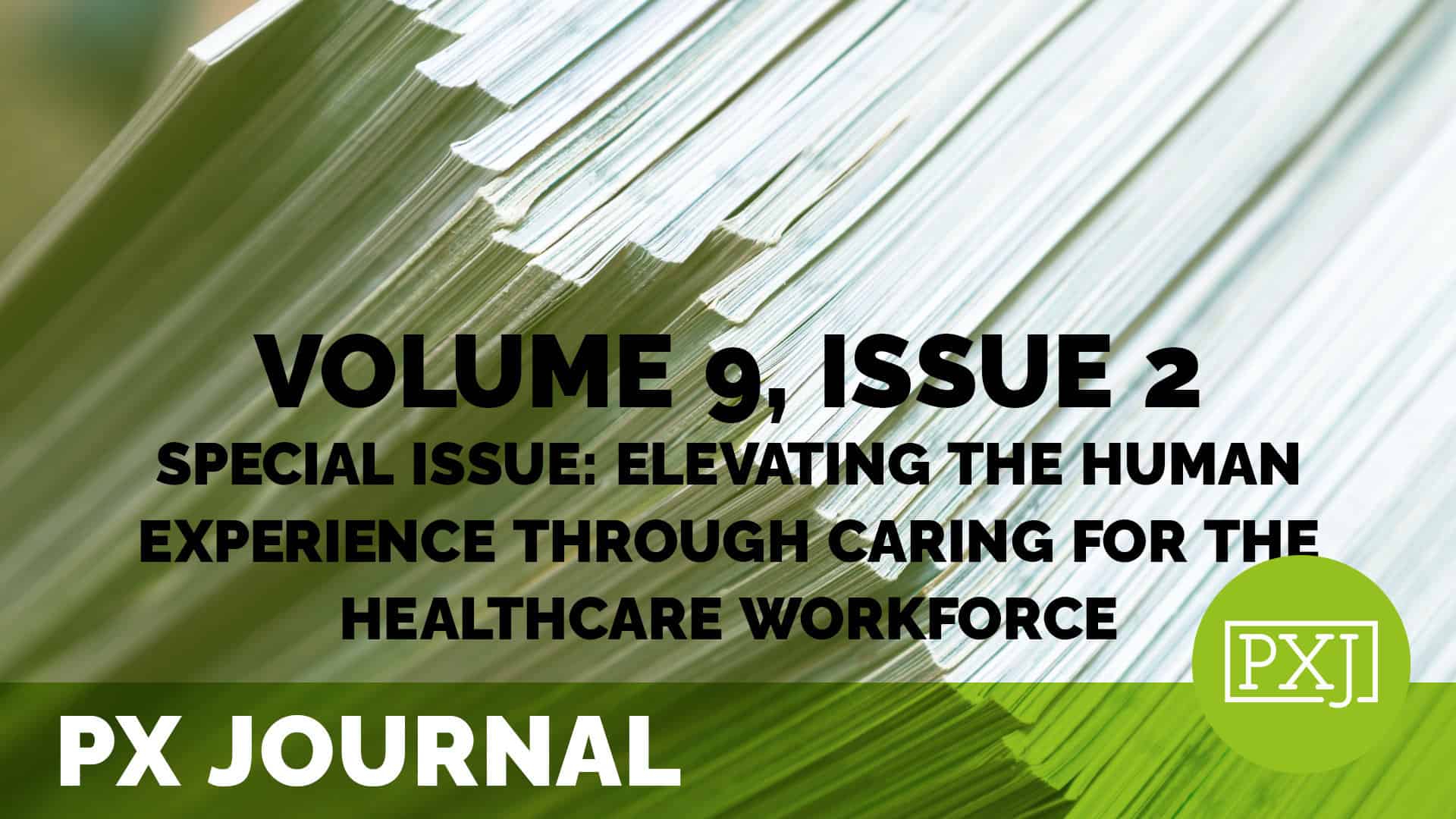Understanding patient and caregiver perspectives using a dyad approach for data collection: A systematic review of the literature

Treatments outside of a clinical setting may be managed independently by the pediatric patient, independently by a caregiver, or by the patient and caregiver together. Best practices for pediatric clinical outcome assessment (COA) recommend patient-reported outcome (PRO) and/or observer-reported outcome (ObsRO) measures to assess the patient experience of a condition or its treatment. However, a dyad approach where patients and caregivers can complete assessments together may be useful for assessing a shared treatment experience that may not be adequately captured by a PRO and/or an ObsRO. A systematic, targeted literature review of empirical literature was conducted to identify and describe published studies detailing dyad patient-caregiver outcome reporting approaches. The search was run in the MEDLINE®, Embase, and PsycINFO® databases using the OvidSP platform and was limited to English-language studies published within 10 years of the conducted search on 28 September 2021, and 13 articles were selected for full-text review based on pre-specified criteria. Advantages and disadvantages for use of a dyad data collection approach are discussed. Though not appropriate for all settings, dyad data collection may be useful for situations where the best practice approach to measurement does not capture all relevant perspectives, or the use of PRO and ObsRO also does not comprehensively capture all relevant concepts. In following, it may offer a pragmatic solution that can minimize the use of proxy assessment and limit missing data, particularly in research involving a shared patient and caregiver treatment experience.
Related content
-
 Policy & Measurement | Staff & Provider Engagement
Policy & Measurement | Staff & Provider EngagementLeveraging Metrics to Demonstrate Volunteer Impact
Metrics are essential for volunteer leaders to demonstrate program value, though selecting and using the right data can be challenging. This session will equip leaders with the knowledge to collect and use metrics that showcase the impact of volunteer programs. Attendees will learn why metrics matter, what data to track, collection methods (from low-tech to
Learn more -
 Culture & Leadership | Staff & Provider Engagement
Culture & Leadership | Staff & Provider EngagementMoving from “Good to Great”: Enhancing the Human Experience in Outpatient Care
Join us for an insightful webinar on Hartford HealthCare’s “Good to Great” (G2G) initiative, a transformative approach designed to improve patient experience across the organization. Launched in 2023, G2G uses a data-driven methodology to analyze patient experience and colleague engagement, identifying units as low-, middle-, or high-performing. Focusing on middle-performing teams, this initiative leverages strong
Learn more -
 Quality & Clinical Excellence | Staff & Provider Engagement
Quality & Clinical Excellence | Staff & Provider EngagementGood to Great: A Team Approach to Excellence
In 2023 Hartford HealthCare’s Human Experience Team embarked on a Good to Great (G2G) journey to identify teams that have the biggest impact on the metric of likelihood to recommend. The journey began with an analysis of patient experience and colleague engagement data from inpatient units across Hartford HealthCare. By analyzing data for likelihood to
Learn more
